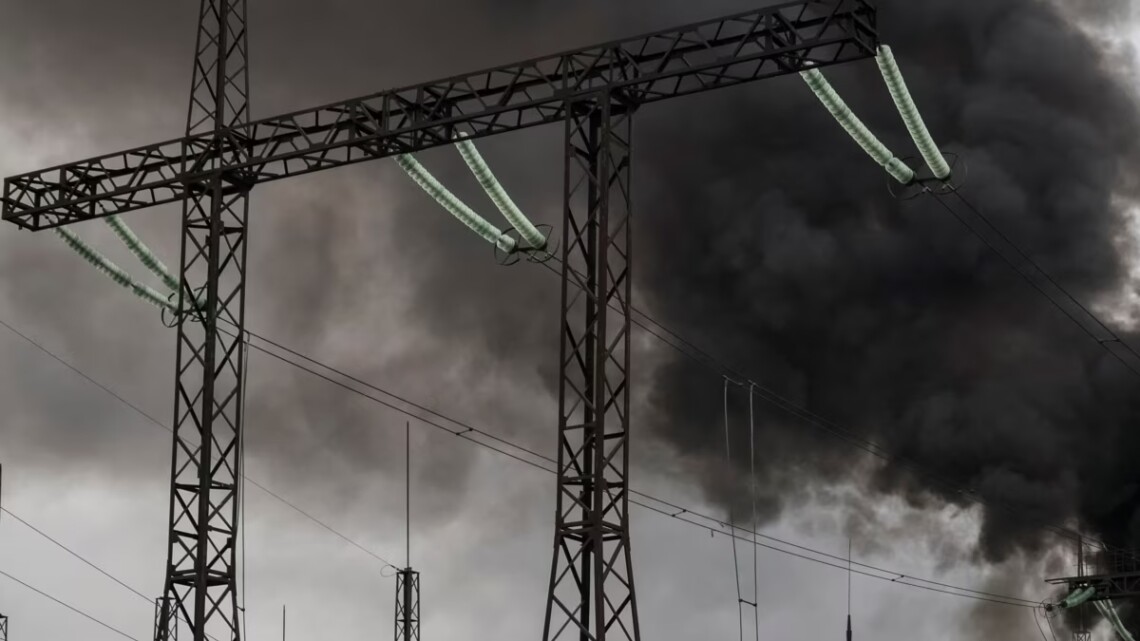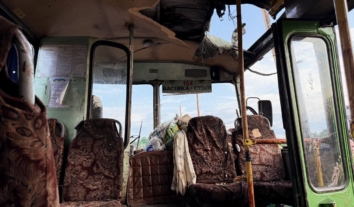The US State Department has terminated the USAID initiative for restoring Ukraine’s energy system
According to two USAID officials working on the agency’s Ukraine mission, this week, the State Department terminated a US Agency for International Development initiative that has invested hundreds of millions of dollars to help restore Ukraine’s energy grid from attacks by the Russian military, NBC News reported.

“It significantly undercuts this administration’s abilities to negotiate on the ceasefire, and it’d signal to Russia that we don’t care about Ukraine or our past investments,” one USAID official involved in the Ukraine mission told NBC News.
The official continued: “Russia is fighting a two-pronged war in Ukraine: A military one but also an economic one. They’re trying to crush the economy, but USAID has played a central role in helping it be resilient, [including] shoring up the energy grid…We’ve provided a huge amount of support to the Ukrainian government to avoid a macroeconomic crisis.”
In addition to ending the Ukraine Energy Security Project, USAID is dramatically downsising its presence in Ukraine.
NBC News reported that before the Trump administration’s latest moves, 64 American government employees and contractors were serving on the ground in Ukraine for the agency.
“Just eight of those personnel are slated to remain on the ground in the war-torn country after the Trump administration placed its remaining global workforce on administrative leave and ordered those workers not deemed ‘critical’ to return to the US,” NBC News reported.
The two officials warned that USAID’s withdrawal from Ukraine would leave its energy grid vulnerable in the heart of the winter as it endures assaults from further Russian missiles.
Previously, a joint research report by the Physicians for Human Rights and also the Truth Hounds revealed the consequences of Russian attacks on Ukraine’s energy infrastructure, documenting how systematic strikes have reduced available power capacity by 85% and severely compromised healthcare delivery in the country.
According to the Fourth Rapid Damage and Needs Assessment (RDNA4), the most affected sectors, based on the assessment results, are housing, accounting for 33% of the total damage; transport, at 21%; energy and extractive industries, at 12%; and trade and industry, at 10%.
In the energy sector, there was a 93% increase in damaged or destroyed assets, including electricity generation, transmission, and distribution infrastructure. Across all sectors, the most tremendous losses were experienced in the Donetsk, Kharkiv, Luhansk, Zaporizhzhia, Kherson, and Kyiv regions. Damage in these regions constitutes 72% of the total damage.
Ukraine’s recovery needs are estimated at $524 billion over the next ten years. The RDNA4 has identified 348 priority projects 2025 across various sectors, totaling $17 billion. Of these, 127 projects already have partial or full funding amounting to $7 billion, 40% of the need.
By way of background, Russia’s war against Ukraine escalated dramatically on February 24, 2022, when Russia launched a full-scale invasion into Ukrainian territory. This marked a significant intensification of hostilities that had been ongoing since 2014, following Russia’s attempt to annex the Autonomous Republic of Crimea and fights in Eastern Ukraine.
According to the estimates of the UN Refugee Agency (UNHCR), 10.6 million Ukrainians have been displaced due to the war. Within Ukraine, 3.7 million people are internally displaced, while 6.9 million continue to receive protection as refugees abroad.
Over 2 million homes across Ukraine have been damaged or destroyed, accounting for 10% of the country’s housing stock.
Repeated Russian attacks on Ukraine’s energy infrastructure leave people without electricity and heating, further complicating the already strained work of local services.
The UNHCR pointed out that mental health has also been severely affected due to the constant threat of attacks, prolonged separation from family, and cumulative trauma. Children are particularly vulnerable – 1.5 million are at risk of long-term mental health consequences.
Inside Ukraine, 12.7 million people need humanitarian assistance.
The impact of the war on the economy is significant – agricultural and industrial hubs in the east have been destroyed, and approximately 30% of pre-war jobs have been lost.







